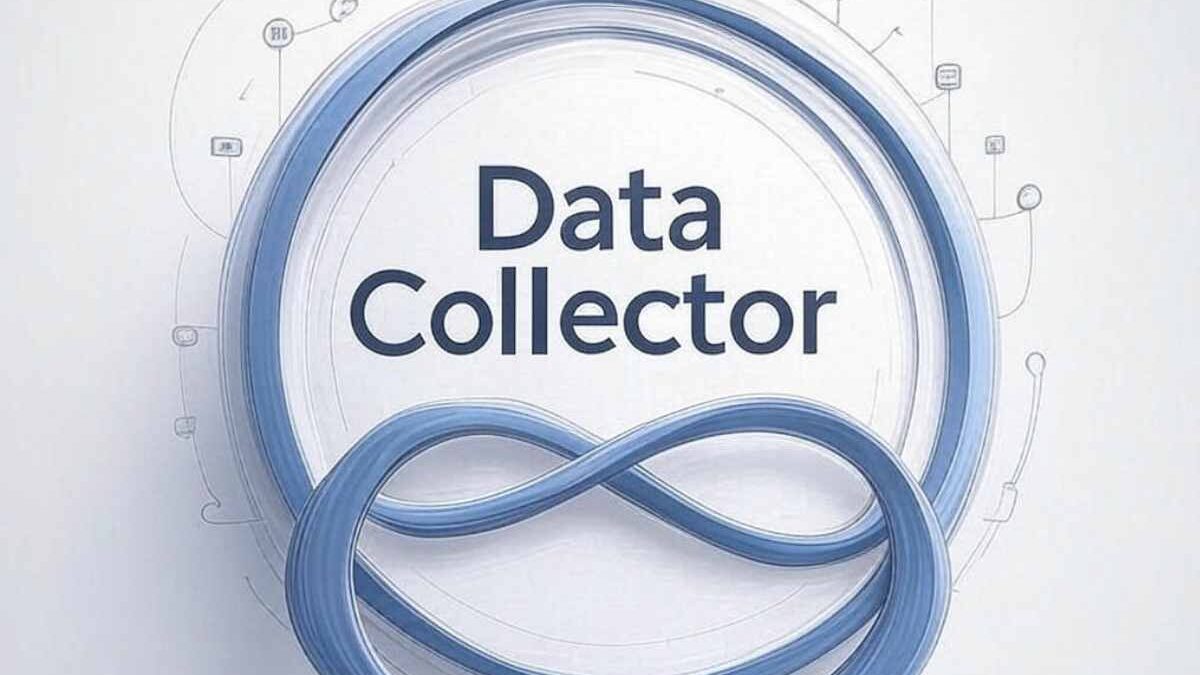Key changes:
- Added real-world context: Introduced funding pressures and shifting priorities in global development to reflect current industry challenges (e.g. USAID restructuring).
- Framed data collection apps as essential: Positioned them as tools for resilience and responsiveness, not just efficiency.
- Highlighted affordability and sustainability: Echoed Dimagi’s message about supporting locally-led organizations and making digital tools more accessible.
- Emphasized value over hype: Shifted “future tech” language to focus on adaptability, sustainability, and long-term impact.
Table of Contents
Why Mobile Data Collection is the Future of Global Development
Global development efforts are facing growing pressure, from shifting funding environments to the increasing complexity of global challenges. In this landscape, the ability to collect and act on reliable data is more critical than ever.
Traditional methods like paper surveys and manual data entry often lead to delays, errors, and outdated insights. For organizations working on the ground, these inefficiencies can mean missed opportunities to intervene effectively.
With mobile technology now accessible in even the most remote areas, data collection apps are reshaping how development work is done. They’re enabling faster, more scalable, and more cost-effective data gathering, helping organizations stay agile and impactful, even in uncertain times.
Why Global Development Needs More Mobile Data Collection
1. Increased Efficiency and Speed
Traditional data collection is often slow, fragmented, and resource-heavy. Field staff must gather information manually, store physical documents, and enter data into systems hours (or even days) later. In fast-moving environments, these delays can have real consequences. Mobile data collection apps eliminate many of these roadblocks by enabling real-time data entry and automatic syncing across systems.
Key Benefits:
- Real-time access to field data allows teams to respond quickly to emerging challenges.
- Automated syncing and error reduction save hours of manual work.
- Centralized digital records streamline reporting and decision-making.
2. Enhanced Data Accuracy and Quality
High-quality data is essential for informed decision-making, but traditional methods often introduce avoidable errors, from transcription mistakes to missing fields. Mobile data collection apps help solve these challenges by automating validation and ensuring consistency at the source.
How Mobile Data Collection Improves Accuracy:
- Built-in validation rules reduce errors and ensure complete, clean datasets.
- GPS and timestamp features confirm when and where data was captured, improving traceability.
- Direct digital input eliminates the need for manual transcription, lowering the risk of inaccuracies.
3. Cost-Effectiveness and Scalability
Budget constraints are a growing concern for many development organizations, but especially so for smaller, locally-led initiatives. Traditional data collection methods come with high overheads, from travel and printing to manual admin and processing costs. Mobile data collection apps offer a more sustainable alternative. They reduce operational expenses while supporting growth and adaptability across diverse project needs.
Why It’s More Cost-Effective:
- Cuts costs associated with printing, logistics, and data entry.
- Enables wider reach with fewer resources, helping teams do more on tight budgets.
- Scalable across geographies and sectors, making it a future-proof solution for long-term impact.
4. Accessibility and Inclusion
In many parts of the world, limited infrastructure and connectivity pose real barriers to effective data collection. Mobile apps help bridge this gap, equipping field teams to gather information in places where traditional methods fall short.
Designed with flexibility in mind, modern data collection apps are built to work in diverse environments, supporting inclusion across language, location, and literacy.
How Mobile Data Collection Expands Access:
- Offline functionality enables data collection in areas without reliable internet.
- Multilingual interfaces help ensure participants can respond in their preferred language.
- Visual and audio input options support users with different literacy levels or abilities.
5. The Next Era of Mobile Data Collection: Innovation and Resilience
As global challenges grow more complex, the role of mobile data collection is evolving. Future-focused tools aren’t just more advanced, they’re more adaptable, built to meet the needs of organizations navigating change. Emerging technologies are expanding what’s possible in data collection:
- AI and Machine Learning – Real-time analytics and predictive models can flag emerging issues and support faster decisions.
- Cloud-Based Integration – Seamless syncing across systems improves collaboration and reduces silos.
- Ecosystem Growth – As governments, NGOs, and tech partners invest in digital solutions, accessibility continues to improve, especially for smaller or locally-led organizations.
A Digital-First Approach to Global Development
Mobile data collection is fast becoming the foundation for resilient, responsive development work. As organizations adapt to tighter budgets and shifting priorities, the right digital tools can make limited resources go further while ensuring quality, speed, and inclusivity.
Whether scaling up a national program or supporting grassroots initiatives, data collection apps empower teams to act quickly, learn continuously, and deliver greater impact. By investing in flexible, accessible technology today, development organizations are laying the groundwork for more sustainable and equitable progress tomorrow.


